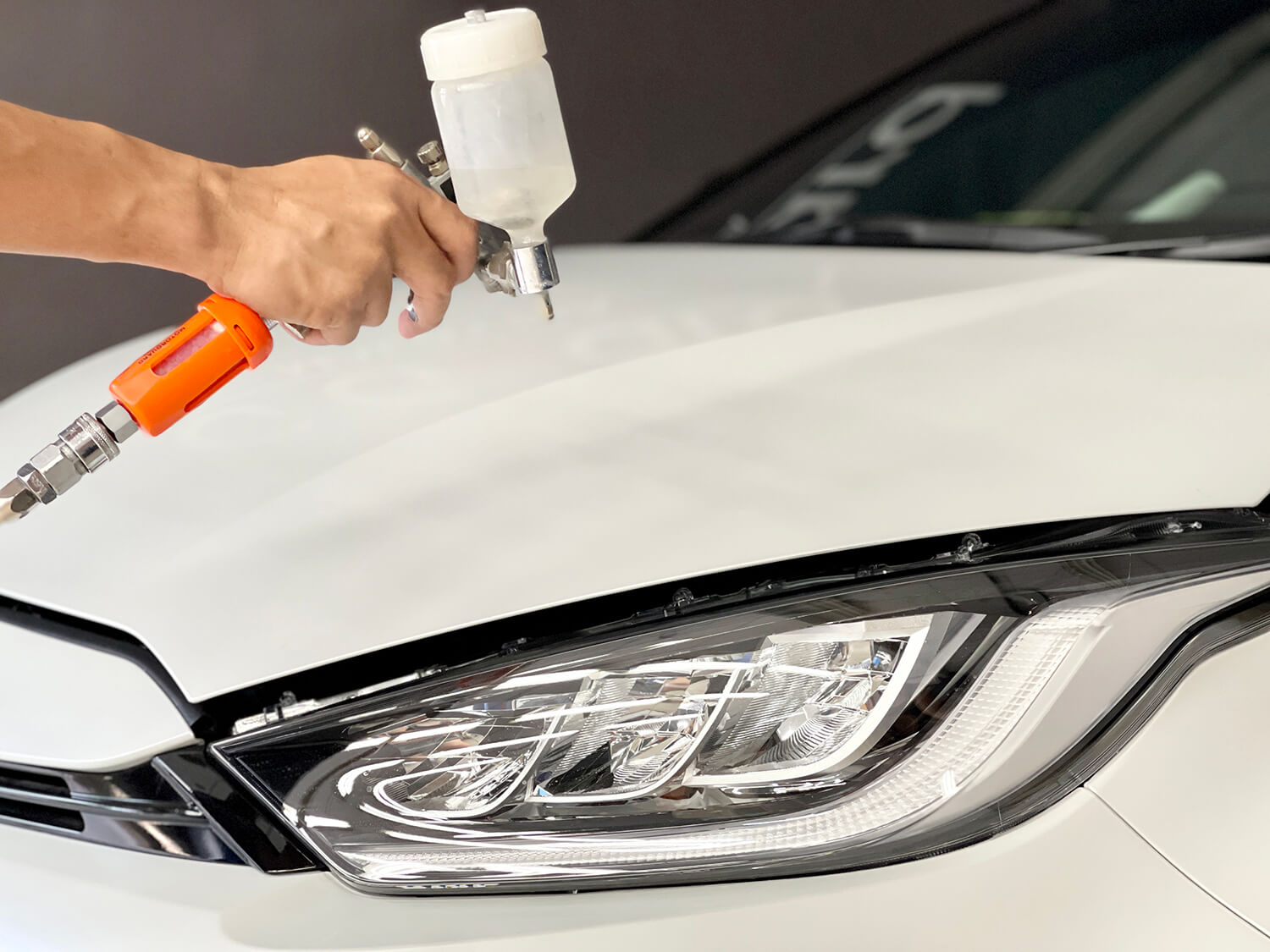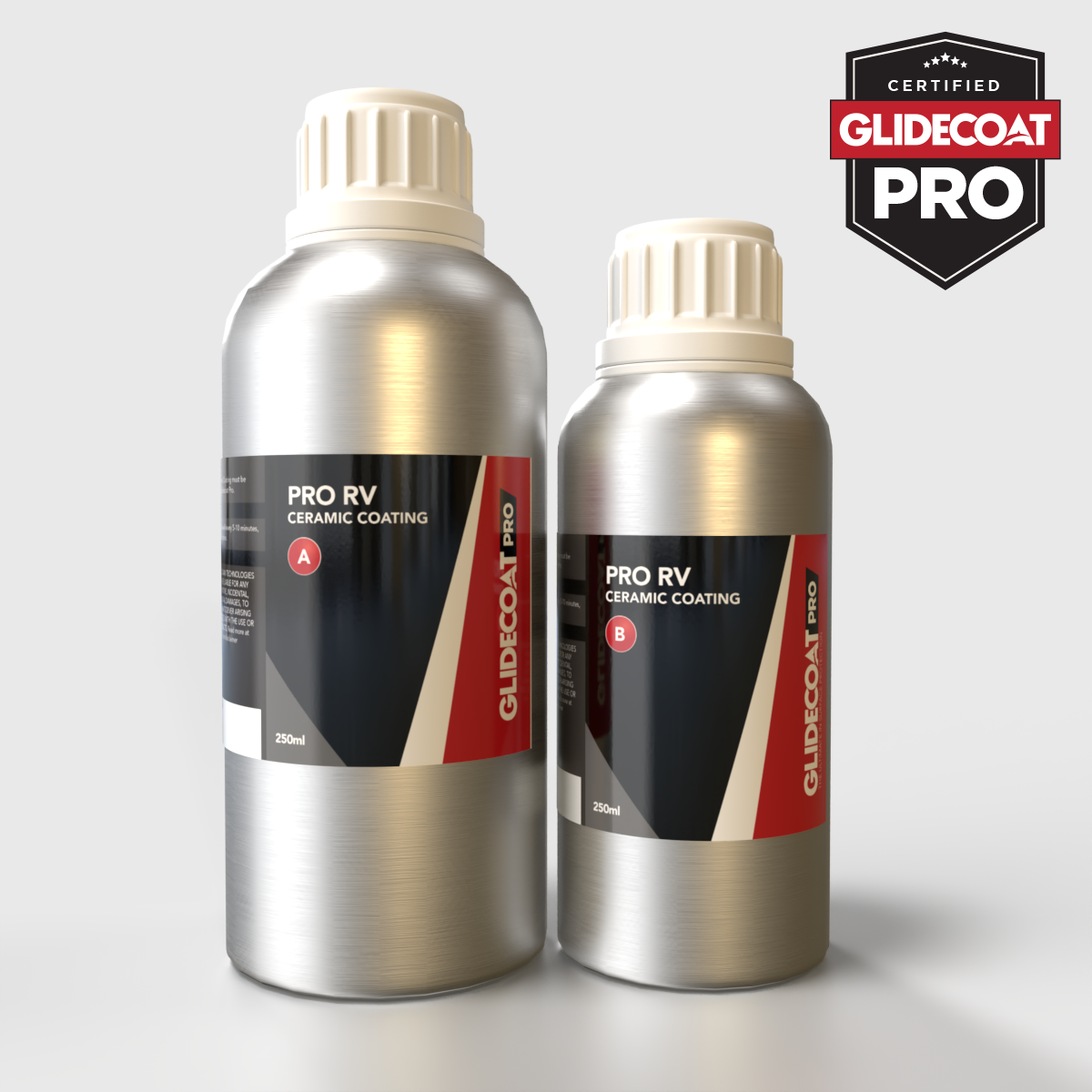How Ceramic Coating Helps Keep Your Car Spotless with Minimal Effort
How Ceramic Coating Helps Keep Your Car Spotless with Minimal Effort
Blog Article
Why Ceramic Coating Is the Ultimate Solution for Car Paint Protection
In the world of vehicle care, ceramic coating has arised as a remarkable choice for paint security, providing a level of toughness and durability that typical approaches can not match. As we check out the multifaceted benefits and unique buildings of ceramic coatings, it comes to be noticeable why critical car owners are significantly turning to this advanced modern technology for securing their financial investments.
Advantages of Ceramic Coating
Ceramic coating supplies many benefits for car paint security, making it a preferred choice amongst automotive fanatics and specialists alike. Among one of the most significant benefits is its extraordinary durability. Unlike traditional waxes and sealers, ceramic finishes produce a strong, resilient bond with the vehicle's surface area, providing defense that can last for several years with appropriate upkeep.
An additional secret advantage is the hydrophobic residential or commercial properties of ceramic coatings, which ward off water and contaminants. This means that dust, grime, and other environmental pollutants are much less likely to follow the surface area, causing much easier cleansing and decreased upkeep time. Additionally, the shiny coating supplied by ceramic coatings boosts the car's look, preserving its display room sparkle.
Moreover, ceramic finishings supply UV security, safeguarding the paint from harmful sunlight rays that can create fading and oxidation gradually. They also supply a level of scratch resistance, assisting to decrease the occurrence of minor abrasions. Overall, the financial investment in ceramic coating not just preserves the aesthetic appeal of the lorry but likewise improves its durability, making it an optimal option for vehicle paint defense.
How Ceramic Coating Works
Comprehending just how ceramic coating works is essential to valuing its protective capacities. Ceramic finishings are made up of advanced nanotechnology that develops a long lasting, hydrophobic layer externally of a car's paint. This layer is mainly composed of silica dioxide (SiO2), which bonds chemically with the paint, forming a strong, safety barrier that enhances the surface area's resilience.
When applied, the coating fills out microscopic flaws in the paint, causing a smooth, glossy surface that not only enhances the lorry's look but also offers an awesome protection versus environmental pollutants. This includes UV rays, bird droppings, tree sap, and various other unsafe substances that can degrade paint high quality.
The hydrophobic buildings of ceramic coverings trigger water to grain and roll off the surface area, bring dust and debris with it. Inevitably, comprehending these systems highlights why ceramic coating is concerned as an unrivaled service for vehicle paint security. ceramic coating.

Comparing Ceramic Coating to Wax
When assessing paint protection alternatives, numerous auto owners frequently discover themselves torn in between the enduring attraction of conventional wax and the modern technology of ceramic coating. Wax has long been the go-to selection for automobile lovers because of its natural make-up, convenience of application, and shiny surface. It supplies a short-lived shield against ecological pollutants, UV rays, and moisture, typically lasting a few weeks to a few site link months before requiring reapplication.
On the other navigate here hand, ceramic coating supplies an advanced solution, making use of nanotechnology to form a sturdy, hydrophobic layer on the lorry's surface. This layer bonds chemically with the paint, supplying an awesome obstacle versus scratches, oxidation, and hazardous contaminants. Unlike wax, which can diminish in efficiency gradually, ceramic finishings are created to endure severe conditions and preserve their safety residential or commercial properties for a prolonged period.

Long-Term Security and Resilience
The long life of paint protection is a key variable for several car proprietors, especially those who want to preserve their vehicle's look over time. Ceramic coating offers substantial advantages hereof, providing a durable shield versus various ecological risks. Unlike conventional wax or sealants that may last just a few months, ceramic finishings can withstand for a number of years, typically as much as a decade, relying on the item and application.
The chemical structure of ceramic finishes develops a solid bond with the car's paint, creating a hydrophobic layer that pushes back water, dust, and impurities. This not just enhances the automobile's visual charm however likewise lessens the requirement for frequent washing, thus reducing possible damage from abrasive cleansing techniques. Furthermore, ceramic finishings are resistant to UV rays, which helps prevent oxidation and fading of the paint, making sure that the car preserves its vibrant shade over the lengthy term.
Furthermore, the longevity of ceramic coatings means they are less most likely to chip, crack, or peel contrasted to alternate options. This lasting protection contributes to greater resale worth, making ceramic coverings a financial investment in both charm and durability for any kind of vehicle proprietor.
Maintenance Tips for Ceramic Coated Cars
Appropriate maintenance of a ceramic layered car is necessary to ensure the durability and efficiency of the protective layer. Routine washing is essential; it is hop over to these guys suggested to use a pH-neutral vehicle hair shampoo to avoid breaking down the coating. Washing ought to be done every 2 weeks or even more regularly, depending upon ecological problems.

In addition, applying a ceramic coating upkeep spray can improve hydrophobic homes and add added defense (ceramic coating). This need to be done every couple of months for optimal results
Check the coating occasionally for indicators of wear or damages. It might be time for a refresh or extra application. if water no much longer beads on the surface.
Final Thought
Finally, ceramic coating stands for an exceptional choice for cars and truck paint security because of its unrivaled toughness and long-lasting bond with vehicle surfaces. The hydrophobic residential or commercial properties and resistance to environmental hazards significantly enhance the longevity and look of auto finishes. Compared to conventional wax, ceramic layers provide expanded protection with minimal upkeep requirements. Eventually, spending in ceramic coating not only maintains the visual allure of the car but likewise contributes to its lasting value retention.
Ceramic coating provides various benefits for auto paint defense, making it a favored selection amongst vehicle lovers and professionals alike. On the whole, the investment in ceramic coating not just protects the visual appeal of the automobile but likewise boosts its long life, making it an optimal solution for automobile paint defense.
Ultimately, recognizing these mechanisms highlights why ceramic coating is concerned as an exceptional remedy for car paint defense. ceramic coating.
When evaluating paint security choices, many automobile proprietors often locate themselves torn between the enduring appeal of standard wax and the modern-day advancement of ceramic coating.In final thought, ceramic coating represents an exceptional option for cars and truck paint defense due to its unmatched toughness and resilient bond with vehicle surface areas.
Report this page